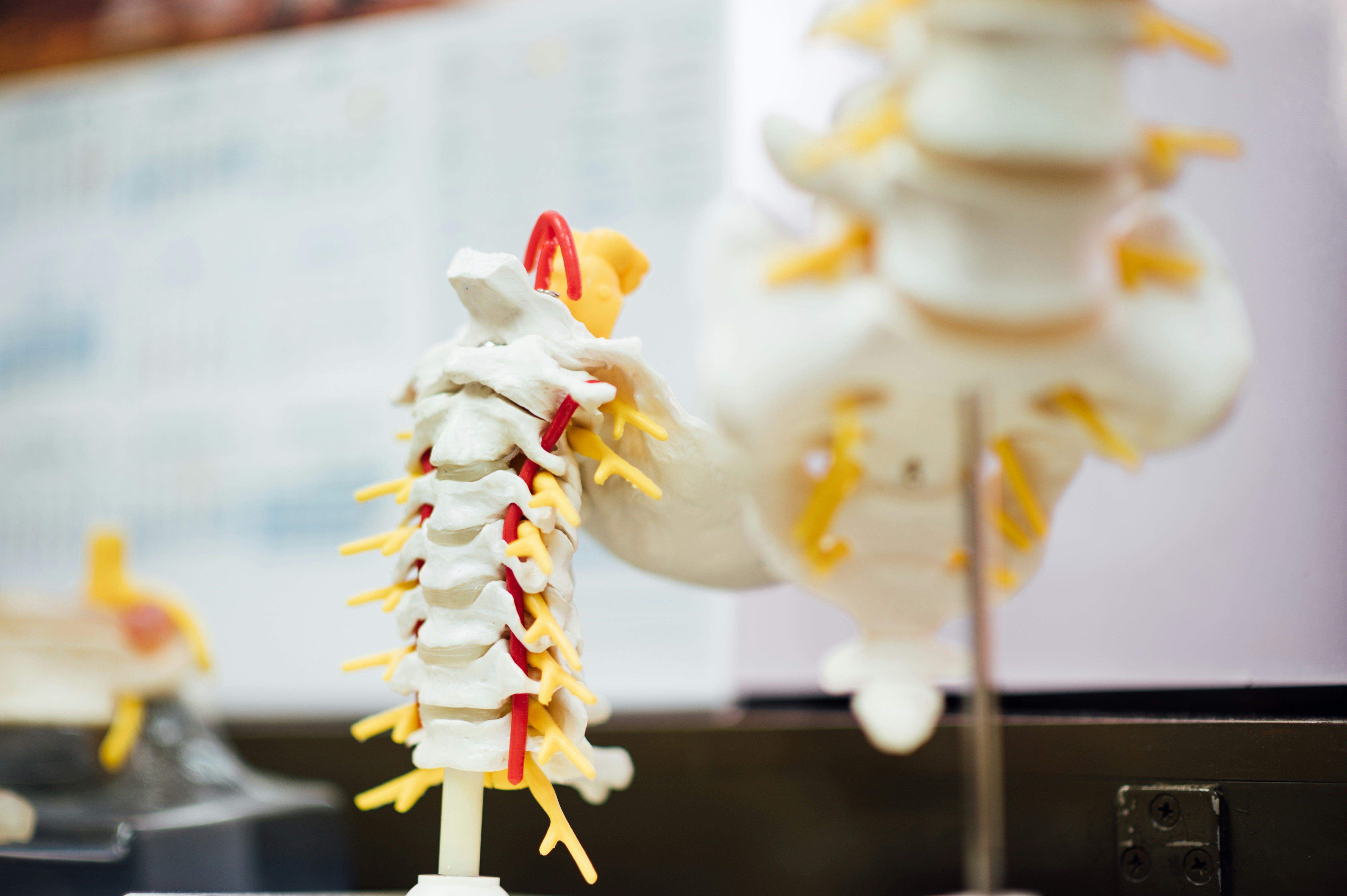The Best Advice on I’ve found

Back pain, a prevalent affliction affecting millions worldwide, can significantly diminish one’s quality of life. Among the myriad treatments available, spinal decompression therapy has emerged as a promising non-invasive option for addressing various spinal conditions, including herniated discs, degenerative disc disease, and sciatica. Let’s delve into what spinal decompression entails, how it works, and its potential benefits.
Understanding Spinal Decompression
Spinal decompression is a therapeutic technique designed to alleviate pressure on the spinal discs, nerves, and surrounding tissues. It aims to create space within the spine, allowing bulging or herniated discs to retract, relieving compression on spinal nerves and promoting healing. This treatment modality can be delivered through two primary methods: mechanical traction and spinal decompression tables.
Mechanical Traction
Mechanical traction involves the application of controlled force to the spine, either manually by a therapist or through specialized equipment. During a traction session, the patient lies on a table while harnesses or straps are attached to specific areas of the body, allowing for targeted stretching and decompression of the spine. The traction force gently pulls the vertebrae apart, reducing pressure on the discs and facilitating nutrient exchange within the affected spinal segments.
Spinal Decompression Tables
Spinal decompression tables, equipped with advanced technology and computerized controls, offer a more precise and customizable approach to decompression therapy. Patients are securely strapped onto the table, which then employs motorized traction to gently elongate the spine and create negative pressure within the intervertebral discs. This negative pressure encourages the influx of oxygen, nutrients, and hydration into the discs, promoting healing and alleviating symptoms associated with disc herniation and degeneration.
How Spinal Decompression Works
The principle behind spinal decompression is rooted in the concept of spinal elongation and distraction. By stretching the spine, decompression therapy relieves pressure on the affected discs, reducing bulging and allowing herniated material to retract. Additionally, the negative pressure created within the discs promotes the influx of fluids and nutrients, fostering disc hydration and revitalization. This process may also stimulate the body’s natural healing mechanisms, promoting tissue repair and pain relief.
Benefits of Spinal Decompression Therapy
Pain Relief: Spinal decompression therapy can provide significant relief from chronic back pain, sciatica, and radiating symptoms associated with disc herniation or degeneration. By alleviating pressure on spinal nerves, decompression helps mitigate pain and discomfort, allowing patients to resume their daily activities with greater ease.
Non-Invasive: Unlike surgical interventions such as spinal fusion or laminectomy, spinal decompression therapy is non-invasive and does not involve incisions or anesthesia. This makes it a safer alternative for individuals seeking conservative treatment options for their spinal conditions.
Improved Functionality: By addressing the underlying causes of back pain and nerve compression, spinal decompression therapy can improve spinal mobility, flexibility, and functional capacity. Patients often experience enhanced range of motion and reduced stiffness, enabling them to engage in physical activities with greater comfort and confidence.
Avoidance of Surgery: For many patients, spinal decompression therapy offers a viable alternative to surgery, allowing them to avoid the risks, complications, and lengthy recovery associated with invasive procedures. By effectively treating spinal conditions in a conservative manner, decompression therapy empowers patients to manage their symptoms and maintain their spinal health without resorting to surgical intervention.
In conclusion, spinal decompression therapy represents a valuable therapeutic approach for individuals suffering from back pain, herniated discs, and other spinal disorders. By gently stretching the spine and relieving pressure on affected structures, decompression therapy offers significant pain relief, improved functionality, and a non-invasive alternative to surgical intervention. As part of a comprehensive treatment plan, spinal decompression can help individuals regain control of their spinal health and enjoy a higher quality of life.
How to Achieve Maximum Success with
This post topic: Health Care & Medical

